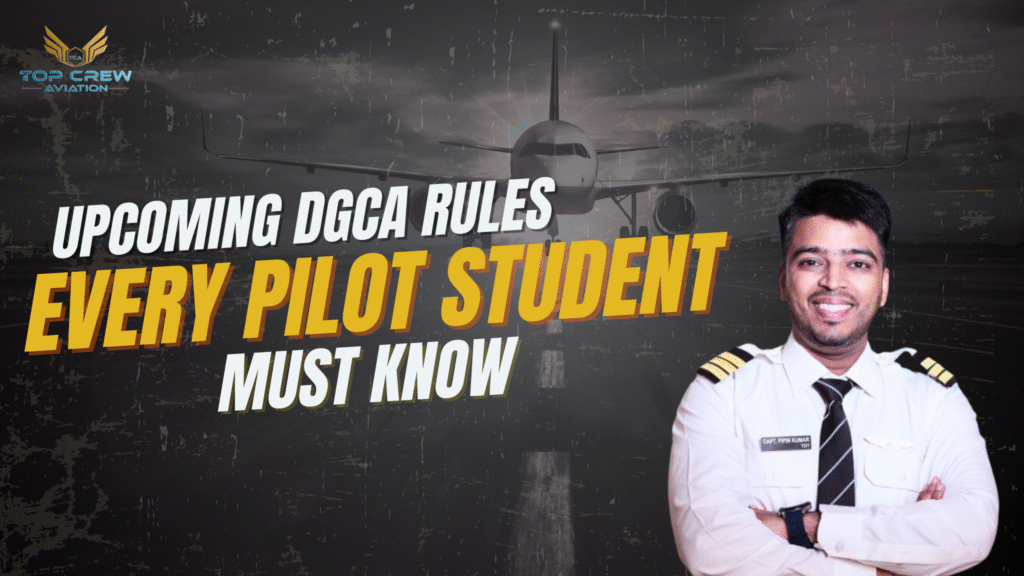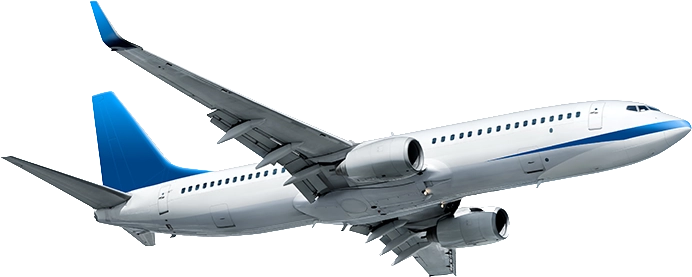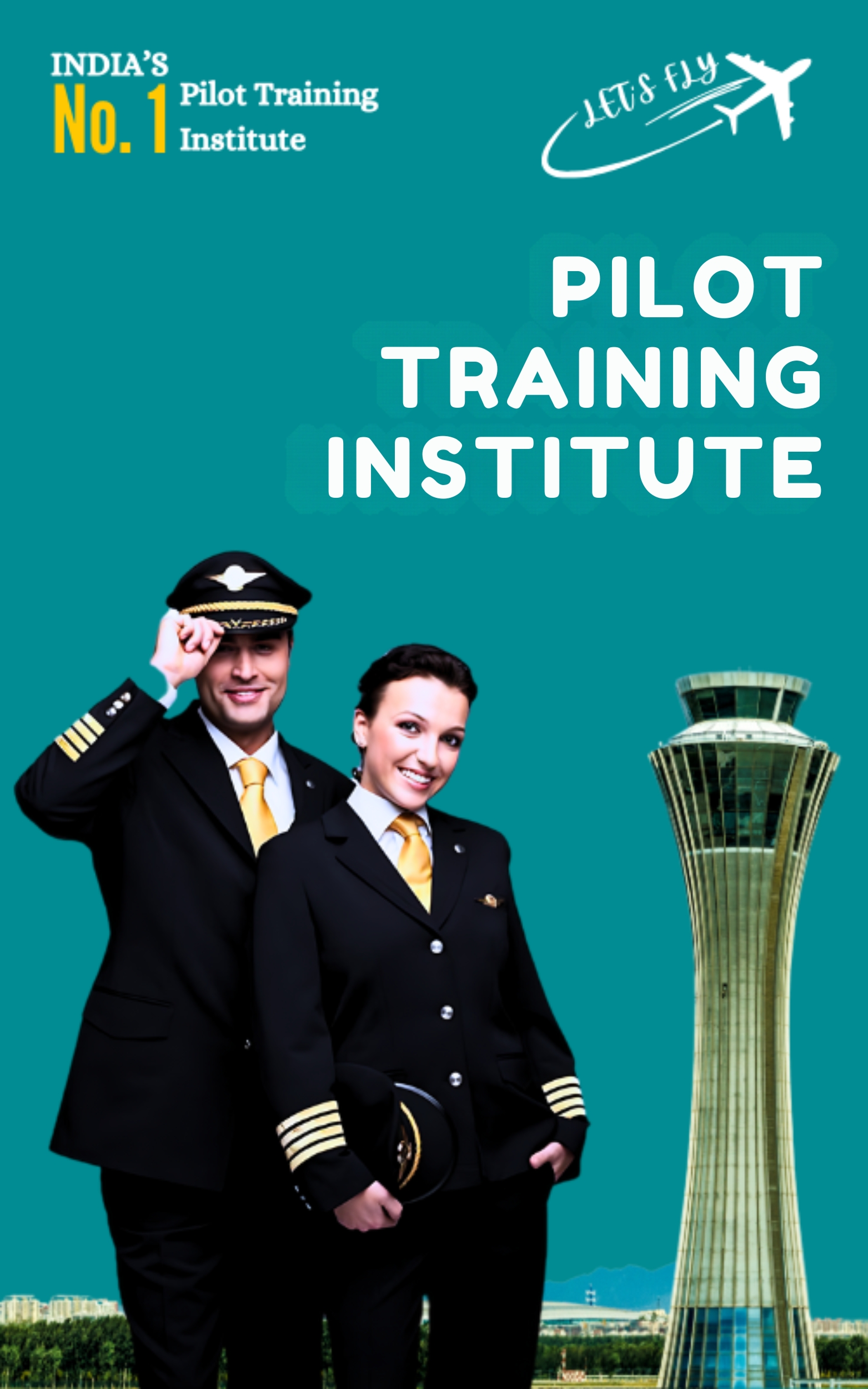Upcoming DGCA Rules Every Pilot Student Must Know
Becoming a pilot in India is more than just learning how to fly—it’s about meeting strict regulatory requirements set by the Directorate General of Civil Aviation (DGCA). Every aspiring pilot must follow DGCA’s rules on licensing, medicals, exams, training, and eligibility. In recent years, DGCA has introduced a series of reforms that directly impact pilot students—from digital licensing systems to new medical guidelines and training regulations.
For students, staying updated is not optional; it’s a necessity. Missing even a small rule can delay training, licensing, or even cost you months of hard work. In this blog, we will cover all the upcoming DGCA rules every pilot student must know, explain why they matter, and guide you on how to prepare.
Top Crew Aviation, as one of India’s leading aviation academies, ensures that its students are always informed about the latest DGCA reforms. If you’re planning to start or are already in pilot training, this detailed guide will help you stay ahead.
DGCA’s New Direction – Why So Many Changes Now?
DGCA’s reforms are part of a bigger shift in India’s aviation ecosystem. India is now the third-largest domestic aviation market in the world and is expected to be the fastest-growing aviation hub by 2030. With this growth comes the demand for more skilled pilots, better safety measures, and transparent training systems.
The key reasons behind DGCA’s recent changes:
- Digital transformation – Moving licensing and training records to eGCA (electronic portal).
- Global alignment – Matching India’s rules with EASA (Europe) and FAA (USA) standards.
- Transparency – Preventing fake training claims and ensuring students choose genuine schools.
- Safety & reliability – Stricter medical and licensing checks for long-term career security.
- Inclusivity – Expanding eligibility to arts & commerce students, not just science backgrounds.
These reforms are reshaping how students approach pilot training in India.
Read Also – How AI & Technology Are Changing Aviation Careers
The Digital Licensing Revolution – Electronic Pilot Licence (EPL)
In the past, pilot licences were paper-based, which often led to delays, errors, and even fraud cases. To fix this, DGCA introduced the Electronic Pilot Licence (EPL) system through eGCA.
Key Points About EPL:
- Every student’s licence, medicals, exam records, logbooks, and endorsements are now stored digitally.
- Airlines, employers, and authorities can instantly verify licences through QR codes.
- No more dependency on physical files—everything is centralised online.
Why It Matters for Students:
- No more lost paperwork – Everything is safe in DGCA’s database.
- Faster CPL issuance – Once exams, RTR, and flying hours are complete, the system automatically processes licences.
- Global recognition – Digital verification makes it easier for Indian pilots to be accepted abroad.
Top Crew Aviation Tip: Always ensure your eGCA profile details match your passport and Class 12 certificate. Even a spelling mismatch can delay your CPL.
New Radio Telephony Rules – RTR Comes Under Civil Aviation
One of the biggest upcoming changes is the shift of Radio Telephony (RTR) licensing from the Department of Telecommunications (DoT) to the Ministry of Civil Aviation (MoCA) under DGCA.
What Changes for Students:
- DGCA will now conduct RTR exams, making it more aviation-specific.
- Exams will be integrated into eGCA/Pariksha portal.
- The syllabus is expected to focus more on aviation communication procedures (distress calls, urgency, position reports).
- Standardisation means fewer irregularities in exam centres.
Why It Matters:
RTR(A) has often been a bottleneck for pilot students. Many finish flying hours but wait months just to clear this exam. With DGCA managing it, students can expect better scheduling, transparency, and fairer evaluation.
Top Crew Aviation Tip: Don’t wait for the transition to settle—start preparing now with real cockpit simulations and practice R/T calls with certified instructors.
Medical Assessment Updates – Effective September 2025
DGCA has announced new guidelines for medical assessments starting 1st September 2025.
Key Highlights:
- Every pilot (Class 1, 2, or 3) must undergo DGCA’s Medical Assessment at specified intervals.
- Cases involving temporary unfitness, special reviews, or post-unfit appeals will be handled with stricter protocols.
- Abnormal findings in health reports will now require detailed DGCA clearance before medical fitness is restored.
Why It Matters:
Medical fitness is a career gatekeeper. Even minor issues (like colour vision, hypertension, or BMI) can cause delays. Under new rules, assessments will be more structured, leaving little room for “shortcuts.”
Top Crew Aviation Tip: Start early with your Class 2 medical to open a DGCA file number. Move to Class 1 medical before you begin serious flying hours. Regularly update your Personal Medical Record (PMR) in eGCA.
Transparency Norms for Flying Training Organisations (FTOs)
One of the most student-friendly reforms is the mandate for FTO transparency.
DGCA’s New Requirement:
All flying schools must now publish accurate information on their websites, including:
- Number of aircraft (with availability ratio)
- Number of instructors
- Availability of DGCA-approved examiners (DEs)
- Simulator facilities
- Average time taken to complete 200 flying hours
Why It Matters:
This reform is designed to protect students from misleading claims. Earlier, many students joined FTOs based on glossy marketing brochures, only to face aircraft shortages and long delays. Now, you can verify real data before making a decision.
Top Crew Aviation Tip: Always cross-check an academy’s aircraft-to-student ratio before paying fees. At Top Crew Aviation, students get transparent training schedules with modern fleet availability.



